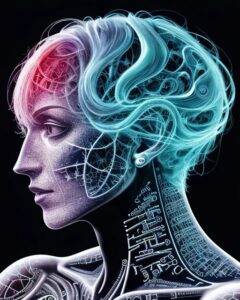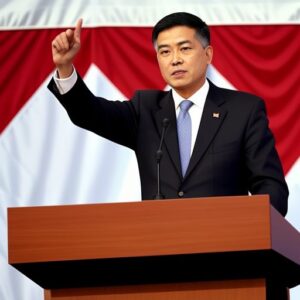Choosing the right web server can feel like a big decision, especially when comparing two heavyweights like Apache and Nginx. Apache has been around the longest and is known for its flexibility and rich feature set. It’s fantastic if you need to tweak configurations to fit your specific needs or if you’re running applications that require detailed customization. One of its standout features is the ability to manage settings with .htaccess files, allowing you to adjust configurations right at the directory level.
On the flip side, Nginx is often celebrated for its speed and efficiency. It’s designed to handle a lot of connections simultaneously without hogging resources, which makes it ideal for high-traffic sites and applications. Nginx’s event-driven architecture helps it deliver static content quickly and manage traffic with ease. It’s also excellent for reverse proxying and load balancing, ensuring that your site stays up and running smoothly even when demand spikes.
So, which one is right for you? If you need in-depth customization and support for dynamic content, Apache might be your go-to. But if you’re looking for speed, scalability, and handling large volumes of traffic, Nginx could be the better option. Many sites use a combination of both: Nginx as a reverse proxy in front of Apache to get the best of both worlds.
Apache:
Strengths:
Highly flexible and customizable with extensive module support.
Rich feature set and comprehensive documentation.
Broad compatibility with various platforms and technologies.
Weaknesses:
Less efficient under heavy load due to its process-based model.
More complex and resource-intensive configuration.
Higher memory usage compared to event-driven servers.
Nginx:
Strengths:
Excellent performance and scalability with an event-driven architecture.
Low resource usage, making it efficient for high-traffic sites.
Effective as a reverse proxy and load balancer.
Fast delivery of static content.
Weaknesses:
Less flexibility without support for .htaccess files.
Smaller module ecosystem compared to Apache.
Steeper learning curve for users new to its configuration.
Ultimately, your choice will depend on what your project needs and how you expect it to grow. Both Apache and Nginx are powerful in their own ways, so understanding their strengths can help you pick the one that’ll make your web project shine.































